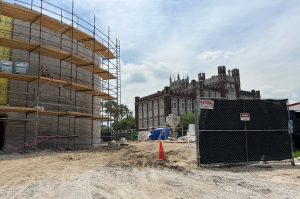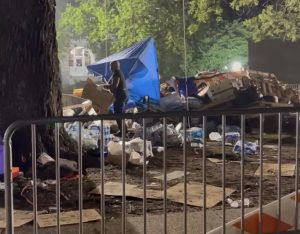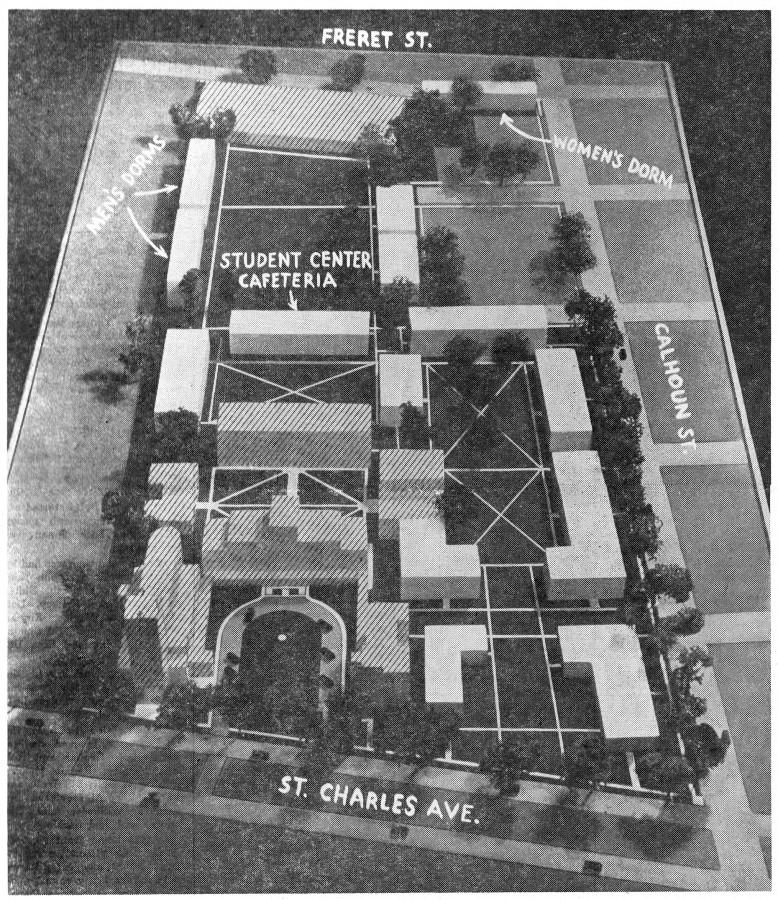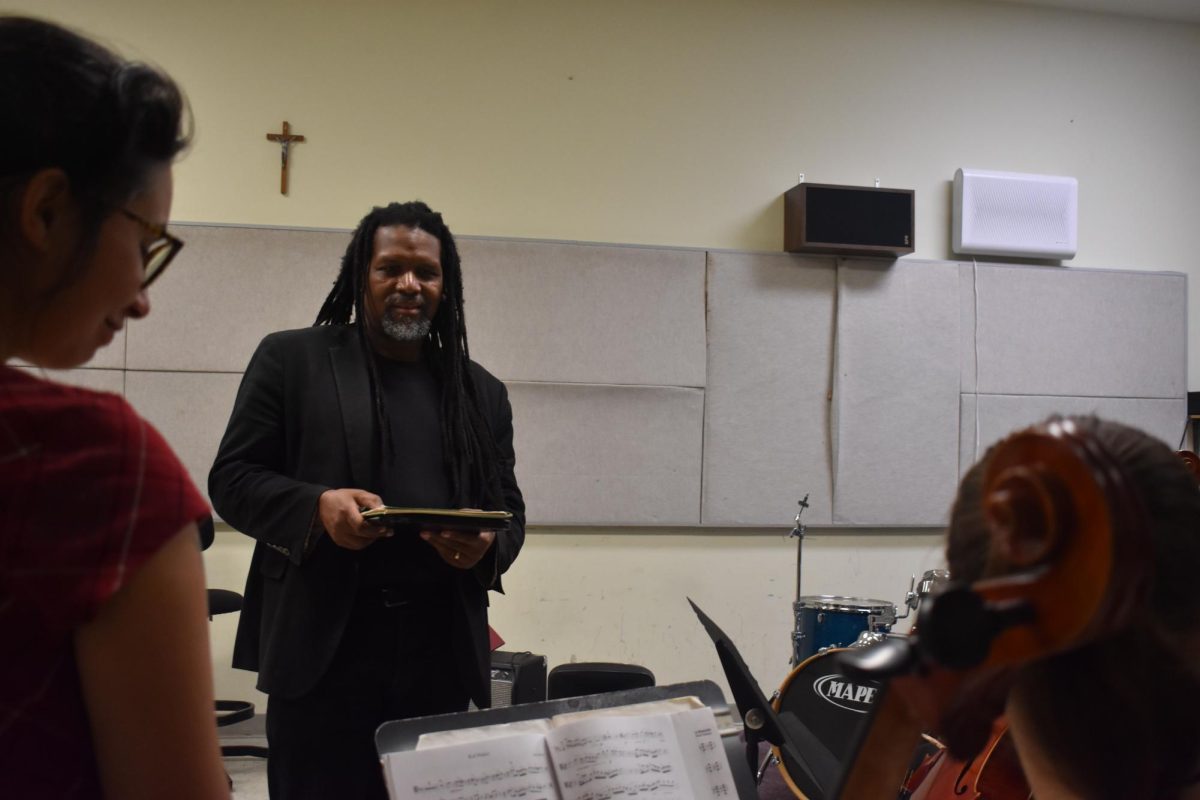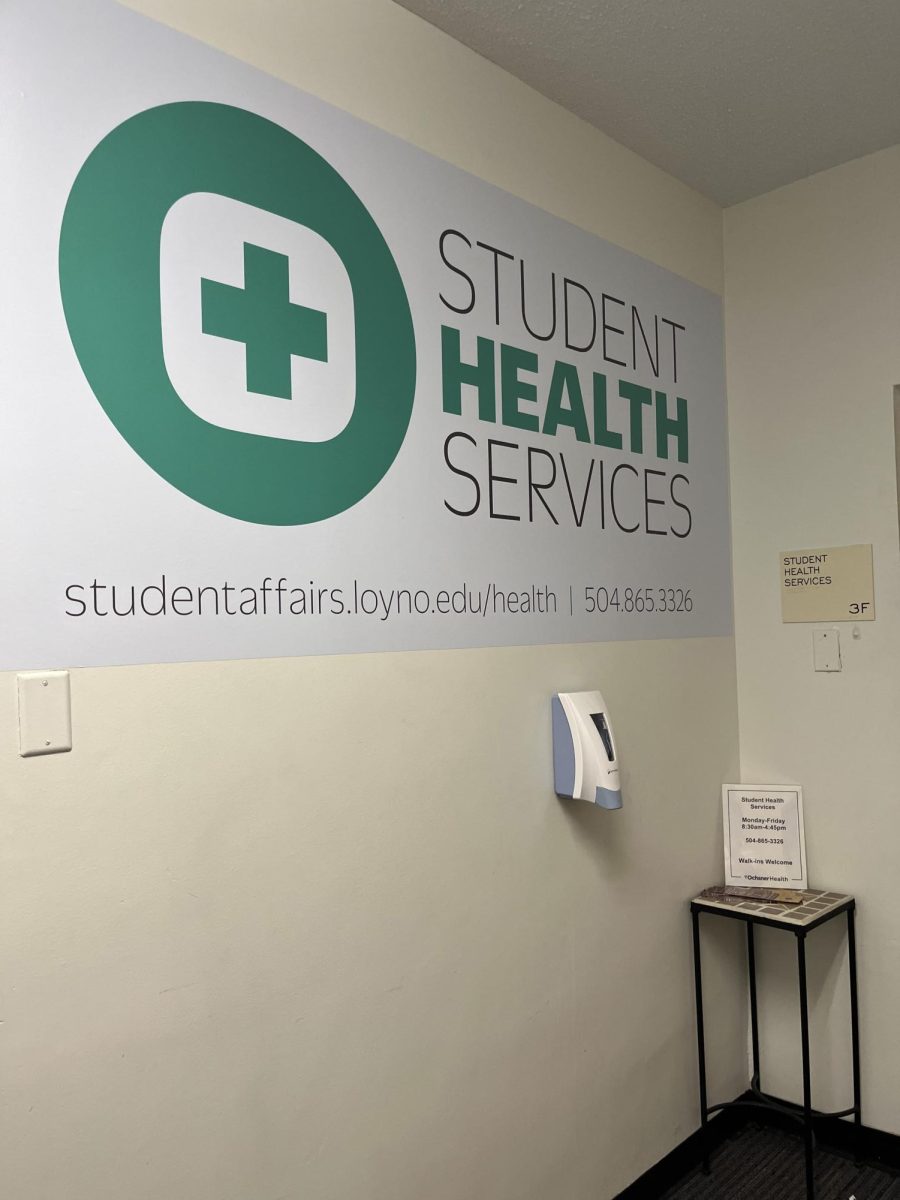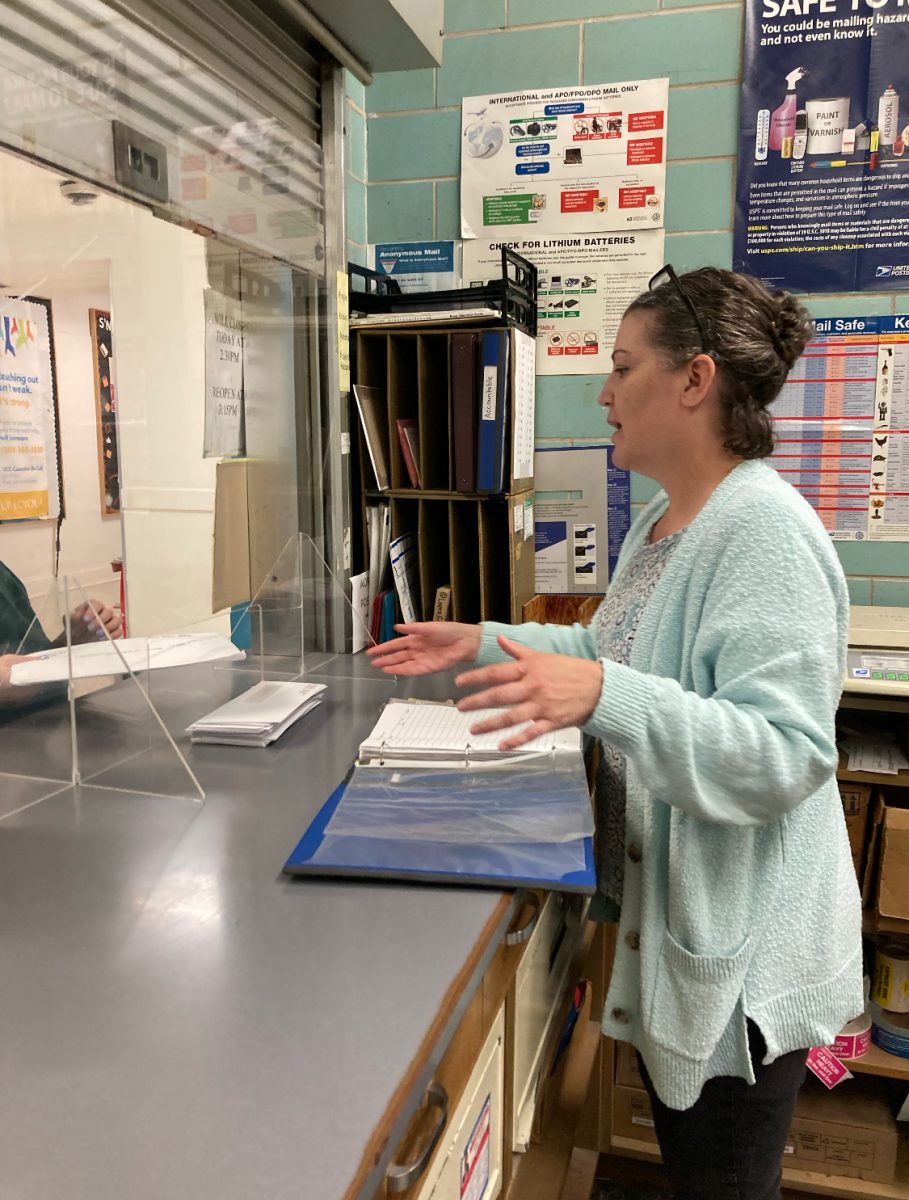During the 41 years Kathy Gros has worked at Loyola, she has seen much development of the campus.
Gros, director of Student Records and Registration Services, said the creation of the Broadway campus and the purchasing of Mercy Academy in 1992, which is now Mercy Hall, “has allowed for more growth on the main campus to move areas around that were growing.”
Loyola has not always had room for developing departments, though. When Loyola was chartered in 1912, Marquette Hall was the only building on campus. In 1918, Thomas Hall was built. Together, these two buildings established Loyola’s physical presence.
In 1924, Bobet Hall was built to house departments including biology and pharmacy.
Loyola remained a small community of three buildings until the creation of Stallings Hall that temporarily housed the College of Business Administration 23 years later.
In 1954, Loyola Field House was built. The Field House held basketball games and concerts.
“I recall seeing Neil Diamond, Crosby, Stills, Nash & Young in the ’70s,” Gros said. The Field House was demolished in 1977.
The Danna Center was built in 1964 with three floors to house a cafeteria, barbershop, beauty parlor, bowling lanes, dining rooms, student organizations, the bookstore and the post office.
The moving of the School of Law in 1985 allowed the College of Humanities and Natural Sciences and the College of Social Sciences to move from the first floor of Marquette Hall into Bobet Hall.
In 1986, the Communications/Music Complex was built to house the colleges of Music and Communications. Seton Hall, which housed the School of Music, and McDonald Hall, which housed the schools of law and education, stood where the complex stands.
In 1999, Monroe Library was built. The parking area, which was where the library stands, was replaced by the parking lot next to Mercy Hall.
During Michelle Fortier’s attendance at Loyola, Monroe Library was new to campus. Though she enjoyed spending time in the old library, Fortier, A’01, appreciated Monroe Library for its scenery.
“I would sit on the second floor by the window and look out while doing work. It was beautiful,” she said.
Having worked with hundreds of people in the evolving Loyola community, Gros said she cannot imagine her life without Loyola and the people who have made this university the place it is.
Aaren Gordon can be reached at [email protected]




